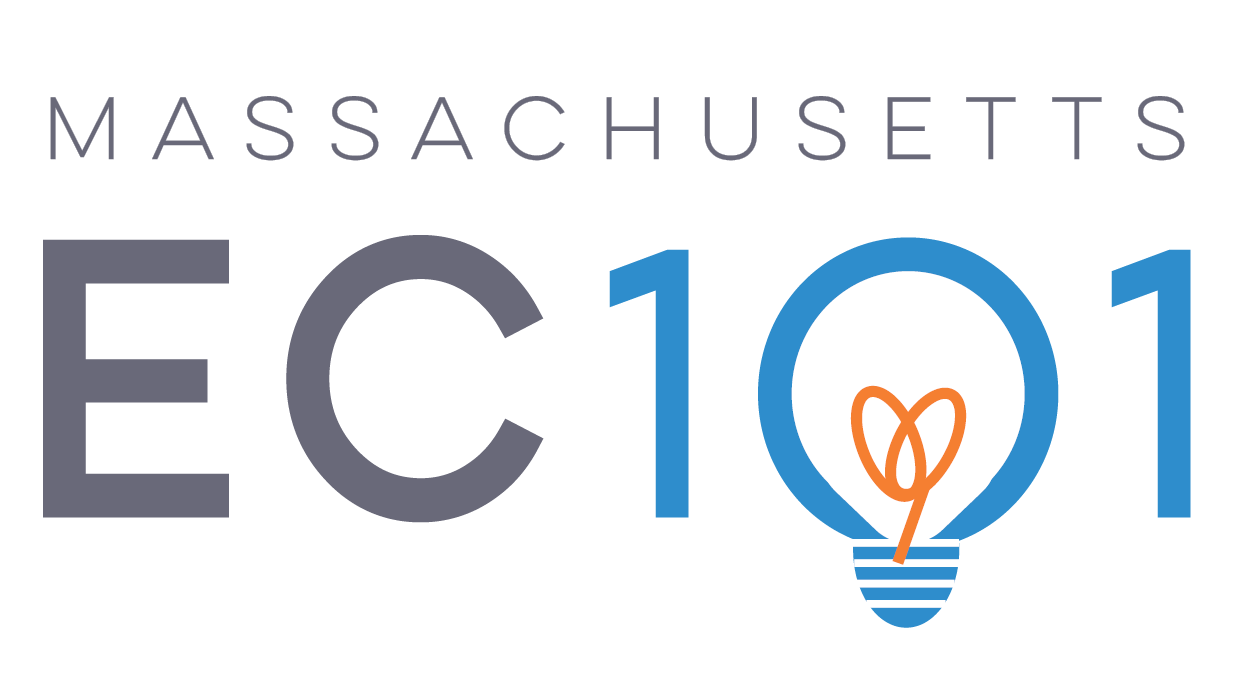Massachusetts Early Childhood Data Snapshots
Engage with current data on early childhood across the four systems buckets.
Click on an image below to navigate to that section, or continue scrolling to see it all.
HEALTH & WELLBEING
36% (700,000) of children ages 0-18 are enrolled in MassHealth.
1% of children under 5 are uninsured.
(2018)
135,000 children from birth to age five face one or more risk factors each day that could lead to toxic stress, such as physical and emotional abuse and neglect, household substance abuse, and household mental illness.
Massachusetts Society for the Prevention of Cruelty to Children
Racial Demographics of Early Intervention Participants Born 2017 - 2021
Early Intervention participation generally mirrors that of the general population demographics, with slight overrepresentation of Black and Latinx children.
FAMILY & CAREGIVER SUPPORT
25.5% of infants and toddlers in Massachusetts live in households with incomes less than twice the federal poverty level.
The State of Babies Yearbook: 2023
Number of Births to Women Receiving Late or No Prenatal Care by Race, 2019 -2021
In the last decade, the rate of severe maternal morbidity (SMM) nearly doubled in Massachusetts. The rate for Black birthing parents is 2.5 times higher than that of white birthing people.
Infant mortality rate in Massachusetts is 3 deaths per 1,000 live births. The rate for Black families is 7 per 1,000, compared to white families at 2 per 1,000.
Total number of households in Massachusetts.
39,134 of these are single-parent households with kids under 6 years old
US Census Bureau, 2020
69% of those parents are single mothers
US Census Bureau, 2020
The number of pregnant individuals and families with children in Massachusetts' Emergency Assistance (EA) shelter program has more than doubled since 2020, and is expected to continue to rise. As of October 2023, over 6,700 families are receiving EA shelter.
WBUR
EDUCATION & CARE
Massachusetts has the highest cost of infant child care nationwide.
Nearly 40% of families eligible to receive state child care financial assistance are not able to access it.
Ratio of Licensed Childcare Seats to Number of Children Under 5, by ZIP Code
In many areas of the state, the ratio of licensed child care seats to # of children under 5 is less than 1, meaning that there are more children than available seats. This occurs primarily in more urban areas as well as in Western Mass and on the Cape and Islands.
The majority of early education and care professionals in Massachusetts are white. Center Directors are disproportionally white relative to Center Educators and Family Child Care Providers.
UMass Boston (2020)






